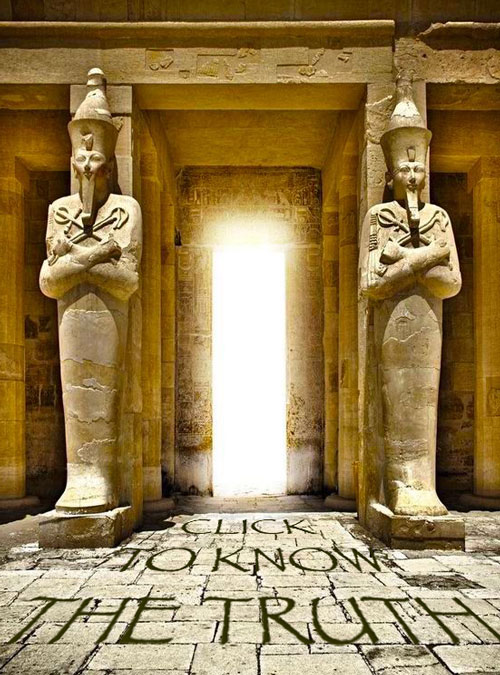Hieroglyphics
Hieroglyphics were a symbolic language.

When picture writing first began, the icons represented the object they depicted. These were called pictograms. Later, images came to represent ideas and were known as ideograms. Thousands of years ago these concepts were preserved as geometrical wholes before they fragmented into the language we call “poetry”.
The Egyptians called hieroglyphs medju neter (the language of God) and the power of that narrative was called heka (magic). Heka contains all potentiality as unconsciousness itself. Alchemy and magic were known as the “black arts” because they embodied fertility and grew to fruition from the black soil of the Nile. Heka, then, is a basic metaphysical concept that our intentions, how we speak them and the action that comes from them in turn creates our reality.
So the Egyptian scribe was engaged in language and mathematics. To the ancient priests and artists, the arts they employed built doorways into the mystery of interlinked science, religion and psychology. It becomes entirely possible that the hieroglyphs can still draw us into transformative states of consciousness, just as the hieroglyphs moved the ancient mind toward Source. We are no longer talking about art as an individual expression of consciousness, or even as a cultural phenomenon—we are talking about the artistic process as the unfolding of consciousness itself—revelation as action.
Each picture was worth a thousand words and represented that principle on all levels at once—from the most profane manifestation to its most profound. So this symbolic language represented a wealth of physical, psychological and spiritual wisdom. Working with hieroglyphics changed the nature of the scribe.

Plutarch, like all classical writers of his era, emphasised CATHARSIS as the primary intent of hieroglyphics. A neophyte painting the walls of a temple might slowly decipher occult concepts before eventually having a “eureka” moment. Since the 12th Dynasty, about 700 signs were constantly used. (Because deciphering the metaphysical was beyond academia’s abilities, they dubbed it a primitive form of writing.)
This Egyptian metaphysical language celebrated the fact that certain things cannot be put into words—the concepts themselves make themselves manifest. Hieroglyphics had NO VERBAL EQUIVALENT—in this sense they were magical. As a visitor to a temple got older and wiser the hieroglyphics might reveal more of their secrets.

Only in modern times does an alphabetical letter have a corresponding sound value—which was the case in the TOTALLY unrelated alphabetical language of the Egyptians known as “hieratic” and “demotic” writings. Despite what some would have you believe these narratives had nothing to do with the hieroglyphic form.
Hieroglyphics may appear to be an unnecessary burden that the Egyptian priests “invented” to keep secrets away from the crowds. Nothing could be further from the truth—it was the symbolic records of their own paths to enlightenment. As Manly P. Hall said:
When the human race learns to read the language of symbolism,
a great veil will fall from the eyes of men.
